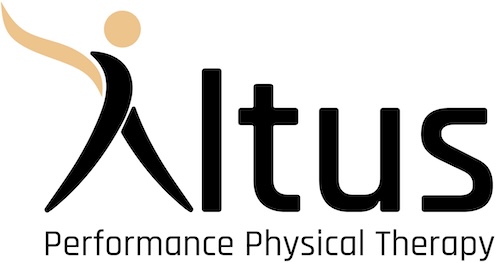Knee pain can be frustrating, affecting not only your ability to run or lift weights, but even daily tasks like carrying laundry up and down the stairs.
It can appear out of seemingly nowhere, or with just a minor misstep, or of course a more serious injury. And it can last, boy can it LAST.
Of course, your best bet for treating knee pain is to first consult a skilled physical therapist or orthopedic doctor. However, this article is intended to help you get a better understanding of your pain—specifically what it means when it hurts in a specific place and what you can start doing about it. The more you can identify & understand about your own symptoms, the better equipped you’ll be to take meaningful steps toward lasting relief.
What Part of Your Knee Hurts?
Some quick knee anatomy: The knee is the largest joint in the body! Made that way because it has to support body weight, hence why it is prone to Osteoarthritis.
Your femur (thigh bone), tibia (shin bone), and patella (kneecap) meet and are stabilized by several ligaments, cushioned by cartilage and two meniscus, and powered by four groups of muscles.
Here are common pain areas and what might be involved:
- Front of the knee:
Often related to the patellar or quadriceps tendon. This could be something like patellar tendinopathy, or irritation under the kneecap itself—commonly referred to as patellofemoral pain syndrome. - Inside of the knee:
Possible strain or inflammation of the MCL, or issues with the medial meniscus. - Outside of the knee:
This could be due to IT band syndrome, especially if you’re a runner, or issues with the lateral meniscus. - Behind the knee:
Posterior knee pain might involve the hamstring tendons, popliteus muscle, or a Baker’s cyst.
What Makes Your Pain Worse?
Understanding which activities increase your knee pain can help point to the tissues that may be overloaded or underperforming.
- Stairs or squats?
The knee is struggling to handle compressive load, often pointing to patellofemoral issues or quadriceps overload. - Running, jumping, or hiking?
High-impact activities require strong shock absorption and often stress the patellar tendon, IT band, or joint cartilage. - Bending all the way or straightening fully?
Consider joint surface irritation, meniscus involvement, or tightness in surrounding soft tissues. - It feels unstable, like it could give out?
Possible ligament involvement, especially the ACL or PCL, which provide deep joint stability.
What You Can Do Right Now
Knee pain can occur for a variety of different reasons and be the result of a variety of different mechanisms. Often there is in fact more than one type of tissue involved (for example: a ligament strain with a meniscus tear). So while, yes, you should consult a skilled physical therapist to address your specific issue, there’s one thing nearly everyone with knee discomfort can benefit from, without risk of adverse effects:
👉 Foam rolling.
Start with these areas:
- Quads: Tight quads can pull on the patella and strain the knee.
- Glutes: Weak or tight glutes can cause poor knee alignment and excess strain.
- Calves: Restricted ankle mobility often leads to compensation at the knee.
5–10 minutes per day can improve mobility, decrease tension, and set a better foundation for alignment.
Final Thoughts
Knee pain is common—but not something you have to live with. Knowing where it hurts and what movements worsen it, you can begin to uncover the root cause *without an expensive MRI*. With a combination of mobility work, smart strength training, and (ideally) professional guidance, you’ll be on your way to pain-free running, squats, stairs, pickleball or whatever it is life calls on you to do.
